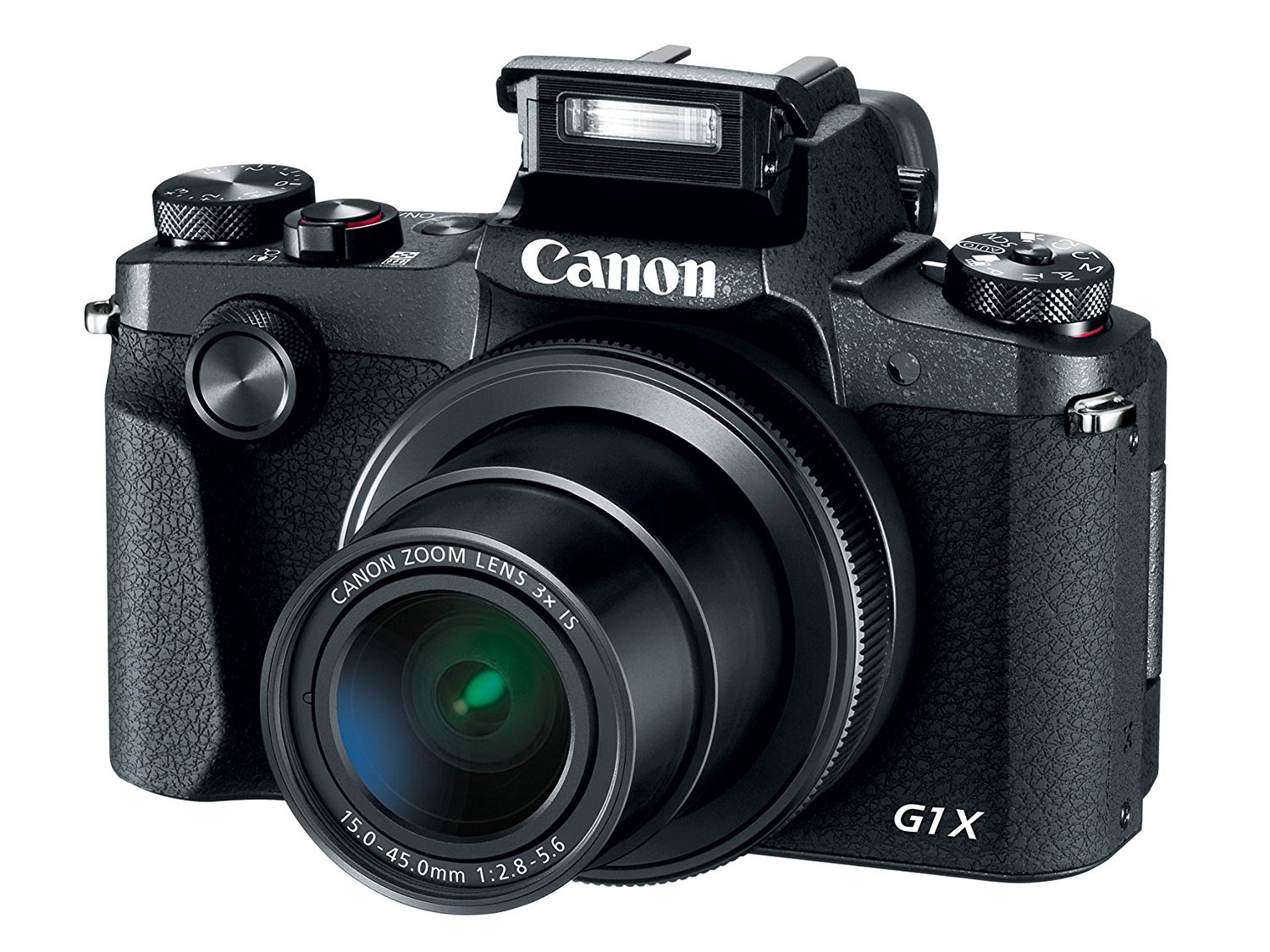merefield said:
neuroanatomist said:
merefield said:
OK, let's look at this - landscape - this 24mm lens is using a crop sensor, so its equivalent to a crop of a 36mm lens on a FF
First off, you seem confused. The G1X III has a 15-45mm lens, so approximately 24-70mm FF equivalent FoV.
neuroanatomist said:
merefield said:
Wildlife - you'd again want this zoomed in and at high shutter speeds - better hope for a bright day because you will be at best F11 and getting no closer than a 105mm will get you.
neuroanatomist said:
You seem even more confused here...the 'crop factor' does not affect exposure (and while it does affect image noise, those differences are minimally perceived at lower ISOs).
I didn't realise Canon has quoted FF equivalent focal lengths here? I had assumed they hadn't scaled the F numbers.
On F numbers are you saying that this lens is F2.8 at 20mm equivalent - ie lets as much light in as a FF 20mm lens @ F2.8? That just doesn't sound right, especially as DoF will not be the same.
Check out https://www.youtube.com/watch?time_continue=255&v=f5zN6NVx-hY
Thank you
Once more into the breach, dear friends, once more.
The lens is 15-45mm f/2.8-5.6. It's printed right on the front.
Those numbers describe physical properties of the lens, e.g. at 15mm and f/2.8, the iris diaphragm diameter is 5.35mm. That determines the amount of light that passes through the lens. I don't know the variable aperture progression of the G1X III, so I can't say for sure that at 20mm it will still be f/2.8. But at 16mm, it is almost certainly still f/2.8, and that will let in the same amount of light per unit area as the 16-35mm f/2.8L III at 16mm f/2.8. Light per unit are is what determines exposure. Sure, the FF lens will let in more
total light, because it has a bigger image circle (total light = light per unit area x area of image circle or sensor). But it's the light per unit area that determines exposure. Total light captured is inversely proportional to image noise (a bigger sensor captures more total light, so the noise at a given ISO is less).
An example: say you meter a scene on the G1X III at 16mm f/2.8 at ISO 100 get 1/500 s. If you meter the same scene with the 16-35/2.8L at 16mm f/2.8 on either an EOS M, a 7DII, or a 5DIV at ISO 100, you'll get 1/500 s.
The 'crop factor' effect on DoF occurs if you match the framing to a FF sensor – on the smaller sensor, you either need to use a wider focal length or move further from the subject, and either will give deeper DoF. If you don't match framing (i.e. shoot at the same distance, focal length, and aperture setting) on crop and FF, the crop sensor will actually yield slightly
shallower DoF (and a narrower FoV)...that's due the different circle of confusion, but it's probably best to not enter that circle at this point.

So, to properly state the FF equivalent of the G1X III lens, one would state 24-72mm and f/4.5-9
in terms of DoF for the same framing. But the lens is still f/2.8-5.6, that's physics.
I will admit that closed the clip you linked as soon as I saw who created it. Going to Tool for technical information is like going to a gas station mini-mart for sushi: even if you find some there, the quality is low and consuming it is a bad idea.


